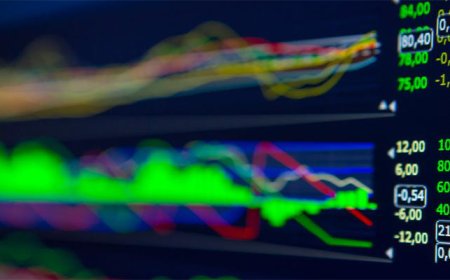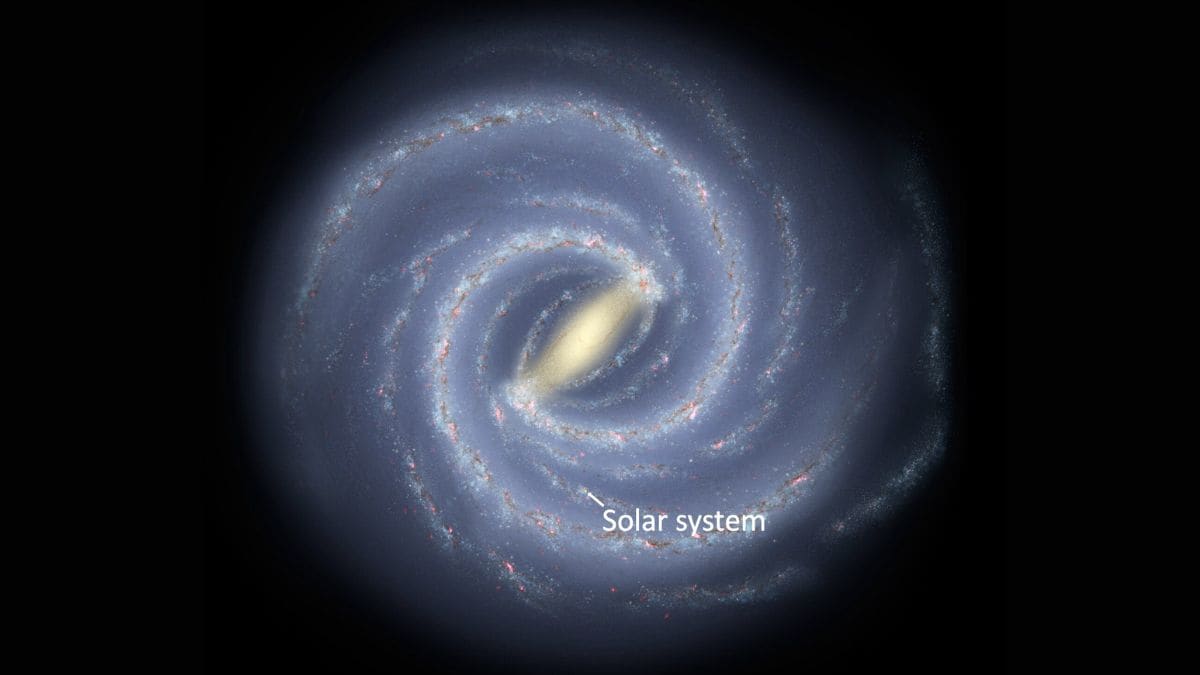Sun news: Beautiful auroras possible tonight


Sun news March 4. Beautiful auroras possible tonight
(11 UTC to 11 UTC)
Today’s top story: A great burp of sun-stuff (a coronal mass ejection or CME) is expected to glance Earth late today or early tomorrow. It was fired from our star in a filament eruption on March 1. And it could give our planet’s magnetic field a pretty good whack tonight! Forecasters expect this to trigger a G1 (minor) or even a G2 (moderate) geomagnetic storm. And that means a good chance for auroras at high latitudes, including areas in Canada, the northern U.S., and Scandinavia. Good luck, and clear skies!
Sun-Earth highlights in the past day
- Flare activity still at low over the past 24 hours. The largest flare event was a C3.4 flare at 0:52 UTC on March 4 from sunspot region AR4006 in the southeast.
- Total flares: 12 C-class flares were fired over the past 24 hours. Flare productivity increased compared to the previous day, which saw nine Cs.
- The number of active regions on the Earth-facing solar disk is currently six. AR4007 has lost its high-potential delta region, and today it shows a lower-potential beta-gamma magnetic configuration along with AR4012. The other sunspot groups are showing simple beta configurations.
- Blasts from the sun? No new coronal mass ejections (CMEs) have been observed in available coronagraph imagery.
- Solar wind: Solar winds were at ~420 km/s to ~445 km/s (~940,000 mph to ~995,000 mph) over the past 24 hours. The interplanetary magnetic field (a critical factor in creating auroras) decreased in strength, with the Bz (north/south component) mostly north oriented, meaning less geomagnetic activity.
- Geomagnetic activity: Our geomagnetic field has been mostly quiet at Kp 2 levels, with a slight peak near Kp 3.
What’s ahead? Sun-Earth forecast
- Low-to-moderate flare activity is expected for the next 24 hours, with a chance of isolated M-class (moderate) flares. The chance for M flares is 30%. The chance for X flares is 1% today. Activity may increase slightly if large, promising region AR4012 on the solar southeast quadrant brings some action.
- Blasts from the sun? We’re anticipating a glancing coronal mass ejection (CME) impact late Tuesday (March 4).
- Geomagnetic activity forecast A G1 (minor) to G2 (moderate) geomagnetic storm is possible on March 4-5 due to a glancing blow from the CME hurled into space on March 1. Activity should return to quiet or unsettled levels on March 6 as CME effects subside.


Sun news March 3. A solar burp is heading our way
(11 UTC to 11 UTC)
A filament eruption on March 1 blasted out a great burp of sun-stuff (a coronal mass ejection or CME), and it’s on its way to Earth. It’s expected to give our magnetic field a glancing blow late tomorrow, March 4. This could cause G1 (minor) or G2 (moderate) geomagnetic storm conditions. And that could mean auroras at high latitudes, including Canada, the northern U.S. states and northern Europe. Stay tuned!
Sun-Earth highlights in the past day
- Flare activity remained low over the past 24 hours. The largest event was a C2.9 flare flare at 9:38 UTC on March 2 from sunspot region 4011 in the southeast.
- Total flares: 9 C-class flares over the past 24 hours.
- The number of active regions on the Earth-facing solar disk has declined to seven, but five main sunspot groups are showing an increase in complexity.
- Blasts from the sun? A filament eruption from the solar southeast at 17:30 UTC on March 1 launched a coronal mass ejection (CME) toward Earth. It’s expected to arrive late on March 4, possibly causing geomagnetic storming.
- Solar wind: Solar winds are gradually weakening as the coronal hole high-speed stream wanes. Speeds declined from ~600 km/s to ~445 km/s (1,342,000 mph to 995,437 mph) over the past 24 hours. The interplanetary magnetic field (a critical factor in creating auroras) is decreasing in strength, with the Bz (north/south component) trending weakly northward.
- Geomagnetic activity: Our geomagnetic field has been mostly quiet, with no significant disturbances detected.

The sun in recent days



Earlier sun images




Sun images from our community




Are you a fan of sun images? We invite you all to send us your beautiful recent photos of sunspots and auroras. We love receiving them and sharing them! And to those of you who’ve already posted a photo to our community page, thank you.








































